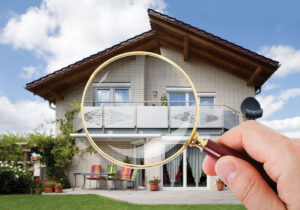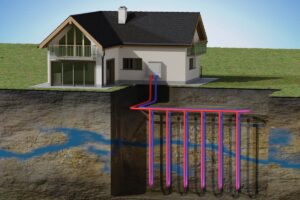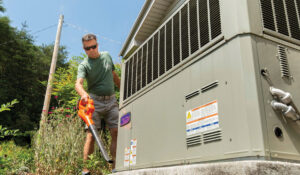Are you unhappy with the “performance” of your home? Do you have cold floors, cold rooms, your home feels drafty, high humidity in the summertime, low humidity in the winter or just high utility bills? Before you pick up the phone to invite someone into your home to sell you something you think you need, STOP! Put down the phone, take a deep breath and dip yourself a big bowl of ice cream and think about what you doing. Ok, ice cream always helps me think. How about looking at your “home as a system”?
As I have mentioned in past articles, you, the homeowner, are the general contractor of your home. You hire and fire contractors, tell them what you want done (right or wrong) and you have control of the checkbook. Yep, you’re the boss!
Many issues in your home may involve several different home systems. You may fix one problem and create another. There are dozens of different systems in a typical home that are codependent on each other: furnace, a/c, ducts, thermostat, water heater, water pipes, drains, exhaust fans and ducting, roof, attic, insulation, appliances, radon system, sump pump, lighting, wiring, flooring, gutters, windows and doors, and the list goes on and on. All systems in your home need to work together. Here are a few examples of systems NOT working together.
What could happen if you had your home air sealed and insulated without considering how these improvements might impact other systems in your home?
During the first cold snap of the season, after having your home air sealed and insulated, you cannot see out your new windows because of all of the condensation on the inside of them. “What happened? This has never happened before.” No one checked the airflow through the bathroom exhaust fan that was moving very little air. The crew did such a good job of air sealing, the home is now draft-free and the moisture from inside the home has no place to go, and the humidity increases and condensation forms on the windows. Not good!
Suppose your furnace only runs about two minutes at a time and turns off. “Now what’s going on with the furnace? It usually runs a lot longer.” Now that your home is properly air sealed and insulated, your furnace is significantly oversized because the home doesn’t lose as much heat as it once did, so the furnace short cycles causing comfort issues.
It’s summer and again you notice that the air conditioner only runs about a few minutes at a time. Yes, you guessed it, the air conditioner is oversized for the home, just like the furnace. The home cools easier now, but it cannot dehumidify because the system does not run long enough to remove the moisture from the air resulting in a swampy cool feeling.
If that’s not bad enough, since the air sealing crew did such a good job, your gas water heater is now back-drafting all the time! Oh, joy!
Are you asking yourself if this can happen to a home in the real world? Absolutely, I have seen it many times. Does it happen on every home that is air sealed and insulated? No. These were some examples of systems not working together. It’s like messing with Mother Nature. If you upset the balance of nature, there may be a problem down the road.

If you are wanting to upgrade your heating and cooling systems with a conventional furnace and A/C, or even a geothermal system, here are some questions to ask yourself: How’s the insulation in my walls, floors or ceilings? Is my home drafting and in need of air sealing? Are my bath and kitchen exhaust fans working properly? Are we going to install new siding and windows in the near future? This opens up some cost effective insulation opportunities if you are. Do we have a natural draft water heater or furnace that could back-draft?
Remember, if you are planning energy upgrades to your home, you should address the building shell and ventilation systems first. Then the heating and cooling systems because they are sized to the heat loss and heat gain of the building shell. This will keep your home’s systems working well together.










